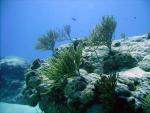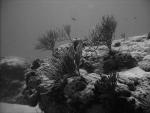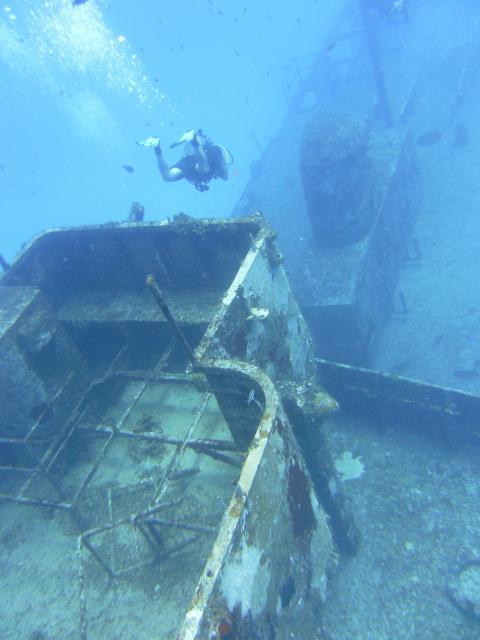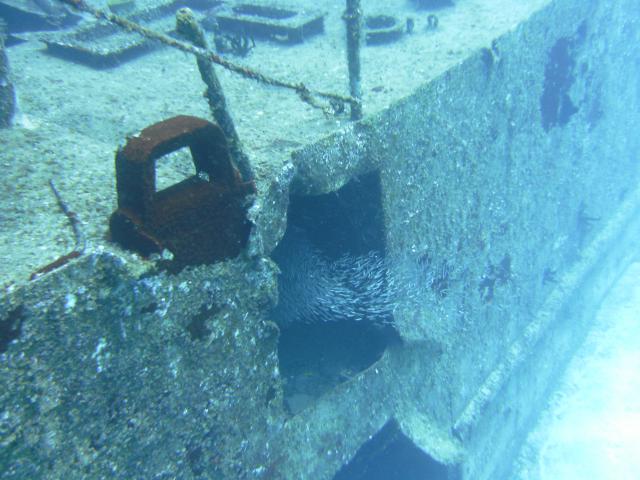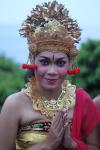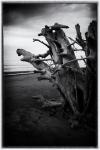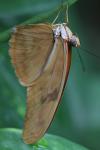underwater
Poll: Black Sea Rod
ktuli — Mon, 12/13/2010 - 19:59
I have started receiving some of my Christmas presents to myself... I've been ordering some camera gear to make my upcoming trip to Indonesia much nicer. Stuff to try some night time-lapse, as well as to take my EOS 7D diving with me. But I'll get into all of that later.
All the research I've been doing to get the gear necessary to take my 7D diving has had me looking at different underwater photos, and a lot of places suggest black and white conversions. So I figured I'd give it a shot myself.
|
|
||
Technical Data: SeaLife DC600 at 5.4mm, unknown shutter speed at f/2.8. ISO 64. No flash.
All of the research for underwater camera equipment really has me chomping at the bit to get back into the water. Hopefully I'll be able to come back with some higher quality dive photos.
If my coral identification skills serve me right, this is Black Sea Coral (Plexaura homomalla) which is a branch yellowish gorgonian coral. It is fairly common around the reefs in Cozumel. The wide angle view of the original shot produced that typical blueish cast to the shot (remember, light travels much slower in water, and red color is the first to disappear).
With that in mind, I figured I'd try a quick bit of color correction on the photo as well as provide the black and white treatment. Place your vote, and leave a comment on why you chose what you did.
- Bill
PS: Working with this photo made me also consider some possibilities with cropping options, so perhaps once we have a "winner" of this poll, I'll run that version through some crop options to see what we can get out of that.
PPS: Also, stay tuned as I'll try to get myself back into a routine of posting by discussing the various equipment I bought myself for Christmas... ;)
SeaLife DC1200 (part 3)
ktuli — Sun, 10/17/2010 - 07:25
I'll try wrapping up the discussion of the DC1200. We'll take a look at some of the features that make this camera nicer than its predecessors.



To the left, you can see the buttons that the DC1000 had, while to the right, you can see the newly redesigned (they call them piano style) buttons on the DC1200.
The biggest improvement is that the new design uses a rocker switch for the zoom function. In the far right image, you'll see the red and black striped zoom toggle switch; as opposed to the top two buttons on the left which controlled the zoom in the old design. Having used that old style housing, I can attest to how horrible those tiny zoom buttons where, making me so much less likely to use the zoom feature. Half the time, I had to look down at the camera to find the buttons, and once I would, my subject would move, or currents would drift me out of position.
Hopefully with a few nicer features, and learning how to better use the flash, I'll be able to come home with some nicer photos than previous trips.
Now I want to go diving... more than I already did.
- Bill
SeaLife DC1200 (part 2)
ktuli — Sat, 10/16/2010 - 16:27
Today, we'll talk accessories.
Because we bought the Elite bundle with our DC1200, we got two key accessories - a Digital Pro Flash and a 24mm Wide Angle Lens.
First, let's look at the flash strobe. I used this model of strobe last year on our trip and honestly had nothing but bad luck with it.
I believe the issue I was having was that a "pre-flash" setting got turned on somehow. After reading my manual that came with the new one, I found that the pre-flash setting works for other brands of cameras that use a burst of the flash to assist with the auto-focus system. The pre-flash setting tells the flash to ignore the first X flashes before firing. Since the SeaLife flash does not use an electrical signal to fire, but rather uses a sync-cord which is a fiber-optic cable that passes the built in flash along to signal the external flash ti fire, this pre-flash setting is necessary.
The other item I needed to learn about this flash is that it still only has an effective distance of 2 to 8 feet underwater. This is not a problem of the flash not being powerful enough, but a side-effect of light not traveling through water as easily as through air. To be specific, light travels 25% slower through water than air, thus making the light fall-off from the flash that much more drastic.
This is definitely something I'll have to work on while in Wakatobi if I plan on bringing back good photos.
The second accessory, I have not worked with before. It is a wide angle lens adapter that attaches to the front of the housing and works with a couple optical elements to allow for a wider view than the built in lens.
The lens is very heavy and from looking at it and reading reviews, it sounds like the optical glass is of decent quality, so hopefully it won't matter to have those extra elements in the mix. The extra weight will probably end up making the entire setup negatively buoyant, which is somewhat unfortunate since a positive buoyancy would cause the camera to float should it slip from my grasp during a dive (making it more likely to relocate).
Additionally, it comes with a soft neoprene case to keep the optics from getting scratches in the carrying case, and also has a dock that attaches to the bottom of the flash bracket to store the lens during dives when not in use.
SeaLife DC1200 (part 1)
ktuli — Fri, 10/15/2010 - 08:34
So I mentioned this briefly earlier, but back in August, Anya and I purchased an SeaLife DC1200 underwater camera.
The camera is a point and shoot model, which obviously is not my preference, but we simply can't afford the extra $3000 it would cost to purchase the housing, strobe, and dome ports.
We're saving up for a trip to Wakatobi Resort in Southeast Sulawesi in Indonesia. I am sure there will be some incredibly awesome photo opportunities, and I hope I don't regret having to cut corners and take a point and shoot.
We've rented other cameras from SeaLife from our dive group - Divehards International - and gotten mixed results. You can see our best underwater photo which was taken with a DC600. Then last year, we rented a DC800 and came back with several sets of photos (1, 2, 3, 4, 5, 6).
The kit we purchased came with everything you see to the left:
So far, the camera has not been on a dive trip yet. I've used it to make a couple kayaking videos. I have also tried to get a few underwater shots of fish with it while kayaking, but haven't had enough luck to keep anything. But at least the housing is water-tight enough to be submerged.
Over the next couple posts, I'll go into some of the features of this camera, what makes it better than the predecessors we have rented in the past, and maybe talk a little more about the challenges of underwater photography.
Stay tuned! And if you feel like donating a housing and strobe so I can take my Canon 7D diving with me, drop me a line and let's talk... ;)
- Bill
Cozumel 2010: Wrap Up
ktuli — Thu, 07/01/2010 - 19:49
So before everyone gets tired of scuba photos (especially ones with bad blue color casts), I'll wrap this set up and we'll get back to some land based photography soon.
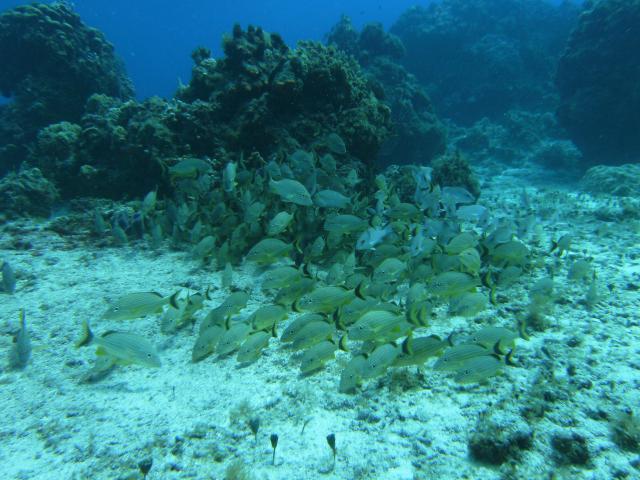
This school of fish sat right at the front of this coralhead where two channels split off to each side. At first, they blended right into the slope of the coralhead. Then as I knelt there getting set to take a photo, the school pulled in close to each other, then spread out, shifting and pulsing to maintain their prized position. It is fun for me to watch fish behavior - whether it be individuals or whole schools of fish. For underwater photography, I feel schools of fish like this fall into a kind of "landscape" photography while still being wildlife photography.
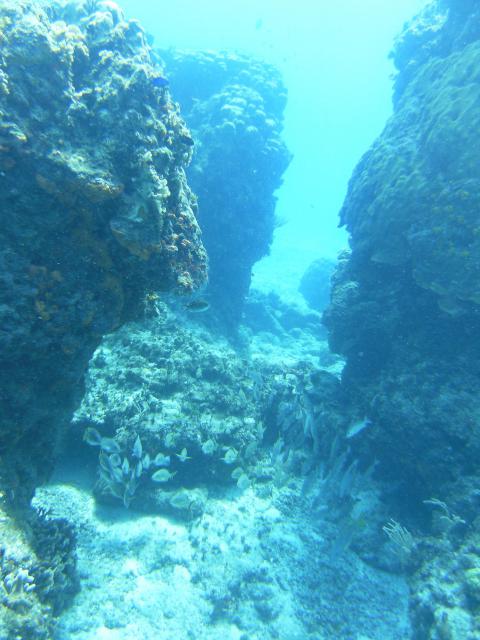
Though this photo is definitely over-exposed, I liked this one as a nice shot of the way the coral and structure is is Cozumel. Our general dive provide per day would be three dives (two morning and one afternoon) - with each dive becoming progressively shallower. The first dives would usually be in the 70-90 feet range, and sometimes would include swim-thrus. In some cases, these swim-thrus would include complete tunnels and other times it would be open like this. This particular set of formations were actually at a more shallow dive site, but some of the sites had formations right out by where the depth drops off into the deep blue. This is usually referred to as 'the wall'. There's something fun yet a bit nerve wracking about being exposed out on the edge of the wall with nothing but deep dark blue next to you - but I do always scan the blue to see if something cool might make a brief appearance there.
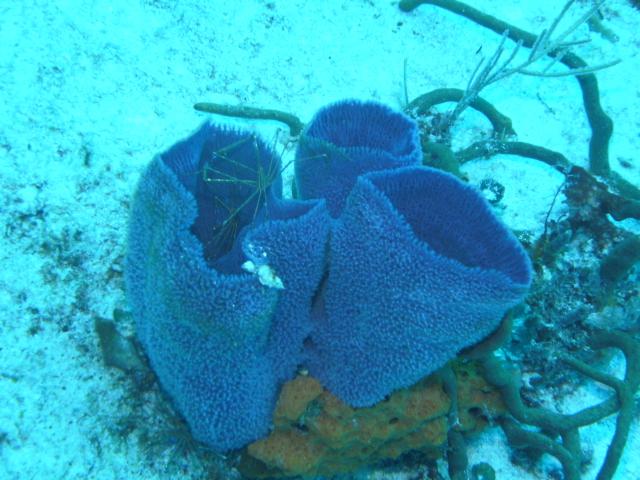
This shot was actually a surprise for me. I can recall Anya pointing out these two arrow crabs, but I didn't remember taking the photo, and it turned out to be a fairly nice one. These arrow crabs are cool little creatures. We saw more of them last year, but it was still nice to see a handful of them this year. Eventually I'm sure these guys will become macro subjects for me, but that'll have to be another dive trip.
Thanks for stopping by and checking out all the photos and dive stories from our trip to Cozumel this summer. I apologize for the blue color cast to most of the photos. Hopefully next time I'll do better at figuring out what I am doing wrong and come home with better photos.
- Bill
Cozumel 2010: Assortment
ktuli — Wed, 06/30/2010 - 19:37
Just an assortment of photos today... enjoy.
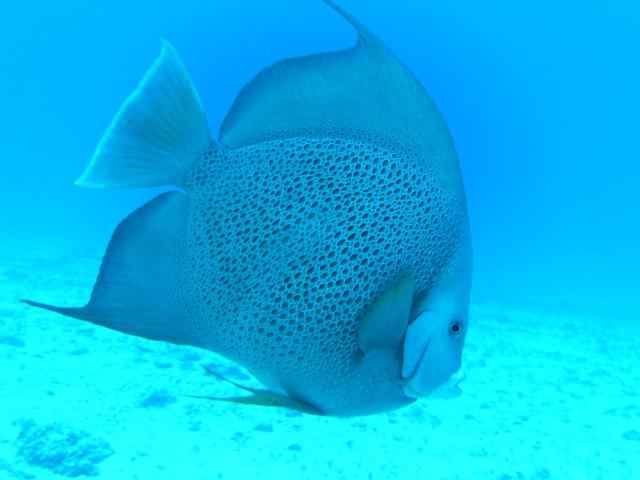

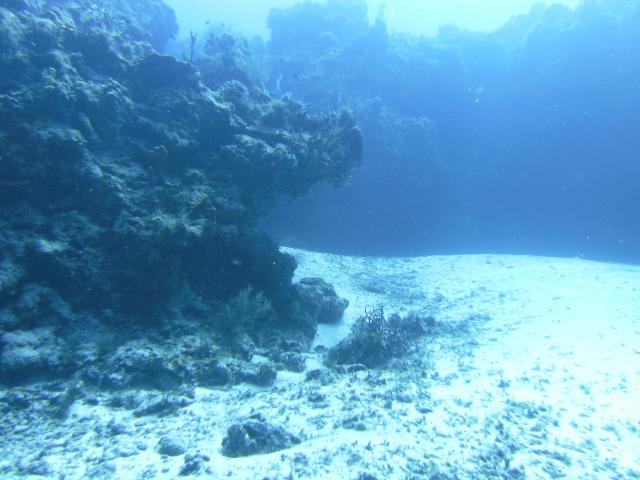
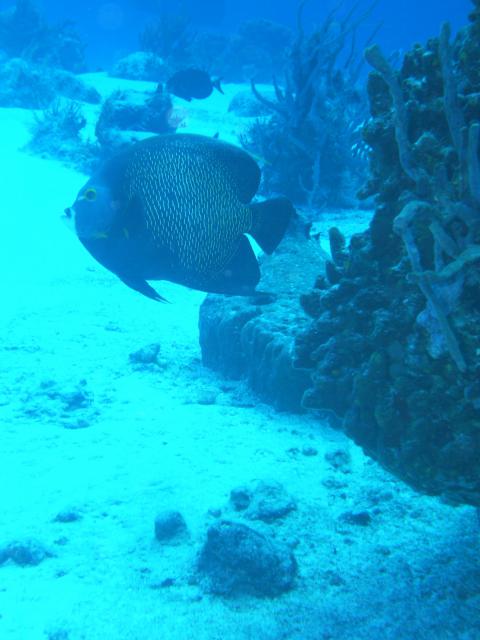
Feel free to leave a critique in the comments if you like.
- Bill
Cozumel 2010: Small and Large
ktuli — Mon, 06/28/2010 - 20:28
Two more photos to share with you today. One of probably the smallest subject I photographed and one of definitely the largest animal I photographed during the dives. Again, I apologize for the bad blue color cast to the photos, these really aren't great photos, but I wanted to share them anyway.
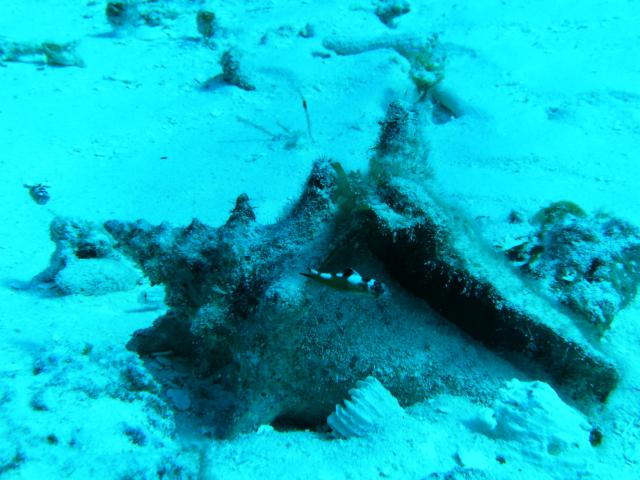
If you're confused at what you're looking at there, I apologize, the scene was really much more interesting without that blue color over everything. Almost dead center of the photo, you'll see a small fish. There was a pair of these fish using this shell as a home (the other is on the left edge of the photo, but facing the camera and thus hard to distinguish). They were black and white and orange (I think it was orange, but I am second guessing myself now) and I almost completely missed them, but cause a flash of color as they darted into their shell. I managed to get myself down and out of the current and sat patiently waiting until they came back out of their hiding spot and went back about their business. They really were fantastic little fish, and I wish I could have come back with a better photograph of them. Oh yeah - and they couldn't have been more than half an inch long.
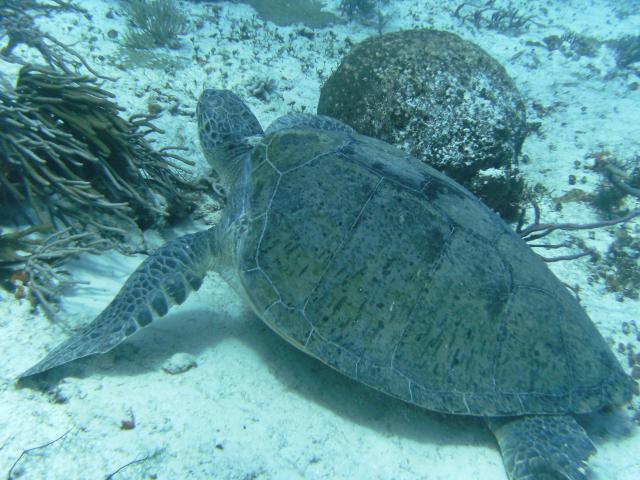
This guy, on the other hand, was absolutely massive. No lie, he was the size of a small car. I would have liked to have gotten a shot of him with something to give the photo some scale, but when we drifted by him, the current was pretty strong. I was towards the front of the group when we saw this behemoth, and honestly I didn't realize what I was looking at was a turtle at first. He had his head tucked under the coral branches you see in the left of the photo. As our group approached, he gently lifted his head, checked us out, and decided it was time to find somewhere else to nap. There is someone in our neighborhood that has one of those Smart Cars, and I think this this was about the same size as that car. We saw turtles on pretty much every dive we went on last week (including one that landed on our instructor - Mike's shoulder and kicked me in the hand and camera when he swam away), but this one really will stick with me. The others were all generally smaller and had that typical fun quality that sea turtles have to them, and produced a kind of happy, carefree feeling to watch them. This one, however, just seemed to strike me with an overwhelming sense of awe and reverence - to be in the presence of a creature so massive and obviously so old (if I had to guess, this particular turtle was probably three times my age). I remember thinking that this is why I enjoy scuba diving so much - so that I can experience these kinds of creatures first-hand instead of seeing them only on nature documentaries (which I watch tons of). But at the same time, I felt the twinge of sadness knowing that we're destroying the habitat and environment for such majestic creatures such as this.
Large or small, both of these encounters are things I won't soon forget. I know the photos I have of them aren't that clear, but the memories I brought back certainly are.
- Bill
Cozumel 2010: C-53 Wreck Dive
ktuli — Sun, 06/27/2010 - 10:11
This year we dove the C-53 Felipe Xicotenantl wreck in Cozumel.
This was Anya's and my first wreck dive ever. And was it ever fun!
The C-53 is a 184 ft long Mexican Navy Minesweeper. Sunk in June of 2000, it is just starting to get a good amount of coral growth on the hull of the ship. Since the vessel was sunk intentionally for divers, sections of its hull were removed to allow for easier entry into the wreck, and guide lines were installed to show the safest route through the dive. The wreck sits on a sandy bottom at about 80 feet with the main deck only about 60 feet from the surface - you can actually make out the general shape of the wreck from the boat since the water in Cozumel is so clear. With a mask and snorkel, you can view the wreck plainly from the surface (which I did after I used all of my air and waited for the rest of the group to get back on our dive boat.
Part of our group did the full tour of the wreck, following the guide lines and exploring multiple decks of the ship from the inside. Their path took them from the stern of the ship along the various decks and eventually emerging from an opening near the bow. I think they then re-entered from one of the side openings and explored further, but I lost track of them.
Anya and I chose to explore the outside of the ship. We circled the entire wreck, stopping to inspect the propellers (which were the hang-outs for some fairly large and extremely toothy dog snappers). We then followed our dive master Markos on a quick swim-thru of the second deck at mid-ship. At that point in the ship was a fairly large school of silverside sardines (these are actually common in the pet trade as frozen foods). These little fish (which you can see the edge of the school protruding from the opening we entered the boat from) would flee and return around you as you swam through the ship. As I did my swim-thru, I stopped about halfway through, and noticed that the density of the fish both in-front and behind me actually blocked the visibility to the entrance and exit. It was very fun to swim through the group of them.

This was really a fun dive, and it was a great experience to get a wreck dive under our belts. We had a visit from another sea turtle on this dive - in fact we had sea turtles on every dive I think - but I didn't get any good photos of this one. However, this happened to be one of the dives that the resort's videographer came with us, and she got a sequence of the boat from a unique angle with the turtle doing a fantastic swim-by at the exact right moment - I might strip out a still or two from the DVD, but we'll see.
Stop by again soon, as I'll be sharing some wildlife photos including one of a sea turtle we saw that was - no lie - the size of a small car!
- Bill
Cozumel 2010: Coralheads and Divers
ktuli — Fri, 06/25/2010 - 22:01
So I really like photos of coralheads with divers. There is something about the combination that I like - it might be the sense of scale, or just the visual presentation of the activity I've grown to enjoy - but I found myself looking for such opportunities on this year's dive trip to Cozumel.
If you haven't seen the inspirational shot from last year's trip, take a few minutes and go read the discussion of the photoshop adjustments I made to another coralhead and divers photo.
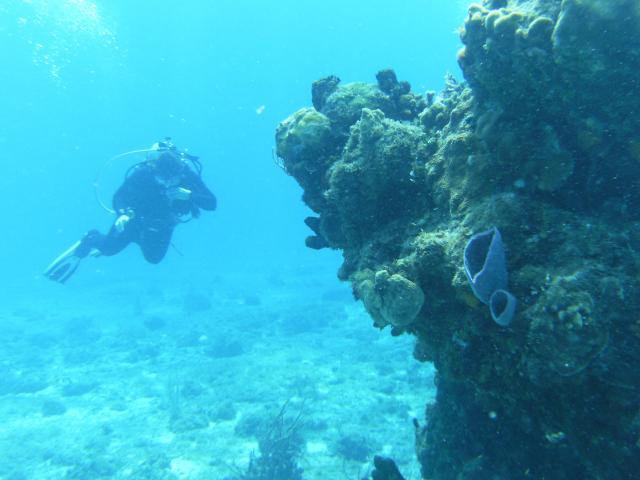
This one I snapped of Anya with this small coralhead in the foreground. I am not overly thrilled with this photo as I didn't like the posture I caught Anya in - she was adjusting some equipment or maybe just finishing up equalizing her ears. You need to get the air pressure inside your ears to match that outside, so as you dive you have to constantly be aware of it and equalize as needed. It becomes something you almost do without thinking or it can really hurt! Think about when you last flew in an airplane or drove to the top of a mountain - did your ears "pop"? That's basically the same thing but with water pressure pressing on your ears and you need to get it to balance on the inside. Anyway - it doesn't make for really great photograph material.
It isn't often that Anya is that far from me during a dive. We tend to be pretty conservative divers and stick pretty close. Plus, just like on our terrestrial photo excursions, Anya tends to be a fantastic spotter, so usually she's just ahead of me pointing out the cool thing to photograph next.
The other coralhead and diver photo is of one of our dive instructors - Brigette. She is the epitome of calm when diving. I am amazed to see a bubble trail coming from her in this photo actually, because many of us believe she doesn't breath at all while underwater (there are rumors of gills hiding somewhere). Brigette almost always gets back on the boat with the most air left in her tank of any of the divers in our group. I think both Anya and I strive to someday be as calm in the water as Brigette.
Anyway, I like this photo a bit more from a technical standpoint. The overall layout - especially with the vertical orientation - helps to provide a different perspective to things. The coralhead in the foreground helps to add to the perception of the size (though it does exaggerate the coralhead to be larger than it was). The placement of the coralhead falls nicely on one of the thirds, providing a nice balance to the photo and produces much less empty blue space than the previous photo.
What I don't like about the photo (aside from the blue color cast) is the lack of depth perception - the photo appears to be extremely flat. That might be fixable in photoshop. Unfortunately, the timing was slightly off here too as I left Brig's fins hidden behind the coralhead, which I feel leaves out a vital element of a photo of a diver. And of course, the color cast causes the coralhead to lose all of its beautiful color and diversity.
Ok - so I guess I could resist critiquing the photos after all... I just took a less formal approach to it. Be sure to stop back again soon as I have wreck photos, fish photos, and maybe some other little surprises in the hopper for additional posts from this trip.
- Bill
Cozumel 2010: Intro
ktuli — Thu, 06/24/2010 - 19:30
Well, I apologize for the long silence in posting, but Anya and I were on vacation last week. We took another dive trip down to Cozumel, Mexico. We go diving with the group we got certified with - Divehards International. This is the second time to Cozumel, and both times we stayed at Hotel Cozumel & Resort and dove locally there with Dive Paradise.
This year, I rented a Sealife DC800 (8 MP) camera and strobe. I have a deal worked out with Divehards International to be purchasing a DC1000 (10 MP) camera and strobe and wide-angle lens kit here shortly. So I will have a dedicated underwater camera that I own since it doesn't look like I will be affording the housing, strobe and arm, and dome port I need to take my 7D underwater (unless someone wants to make a sizable donation) because we're trying to save up for our next dive trip which will hopefully be Wakatobi Restor in the Southeast Sulawesi Sea in Indonesia!
Anyway - back to Cozumel... The majority of the photos from last week did not turn out that great. I think a lot of these will need to be run through Photoshop (once I can figure out the necessary set of adjustments to make). We had some very weird currents while diving last week, so I ended up not being as close to the corals as I would have liked for many shots, and that combined with rookie work with the strobes really made for sub par photos.
So I won't be critiquing these photos, but I'll share some of the most decent ones as well as sharing some dive stories along with them over the next couple days.
I'll start with some photos from our first dive of the week. When we arrived on Saturday, basically the first thing we did was check into the hotel and head for the water to do a check-out dive to get our boyancy figured out and get into the groove of things. Anya and I probably spent 40 minutes or so in the water and I took several shots including this one of this puffer fish.
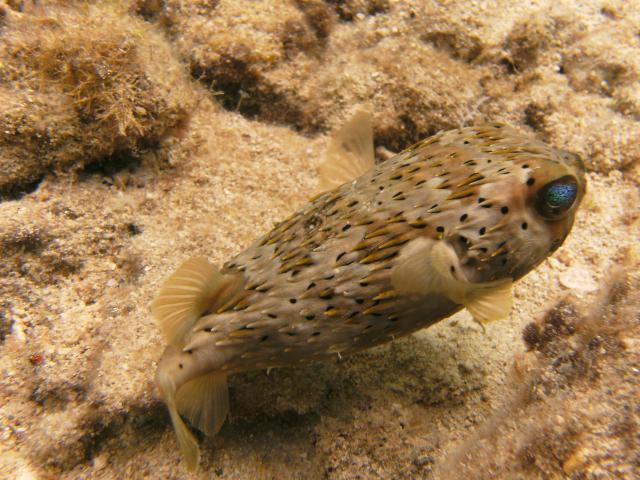
Check out how awesome his eye looks! Unfortunately, it was the last photo all week that turned out nice. About midway through the dive, we stumbled into a field of sea stars that were really cool looking. Some of them were at least 14 inches across, and they were yellow with red or black spikes along them (it was tough to tell the color of the spikes, especially since the red spectrum is the first to go away underwater).
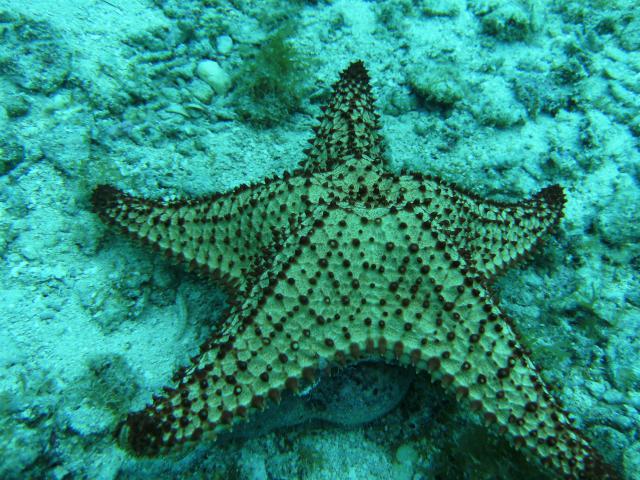
See the bluish color cast to the photo? Get used to it, because that's what is wrong with every other underwater photo I took last week. I am not sure if it was the flash intensity, the flash direction, the flash in general, or whatever other factor could be coming into play, but it is one I definitely will need to sort out before taking too many photos in Indonesia.
Stay tuned for more photos from the trip, and some fun dive stories!
- Bill


